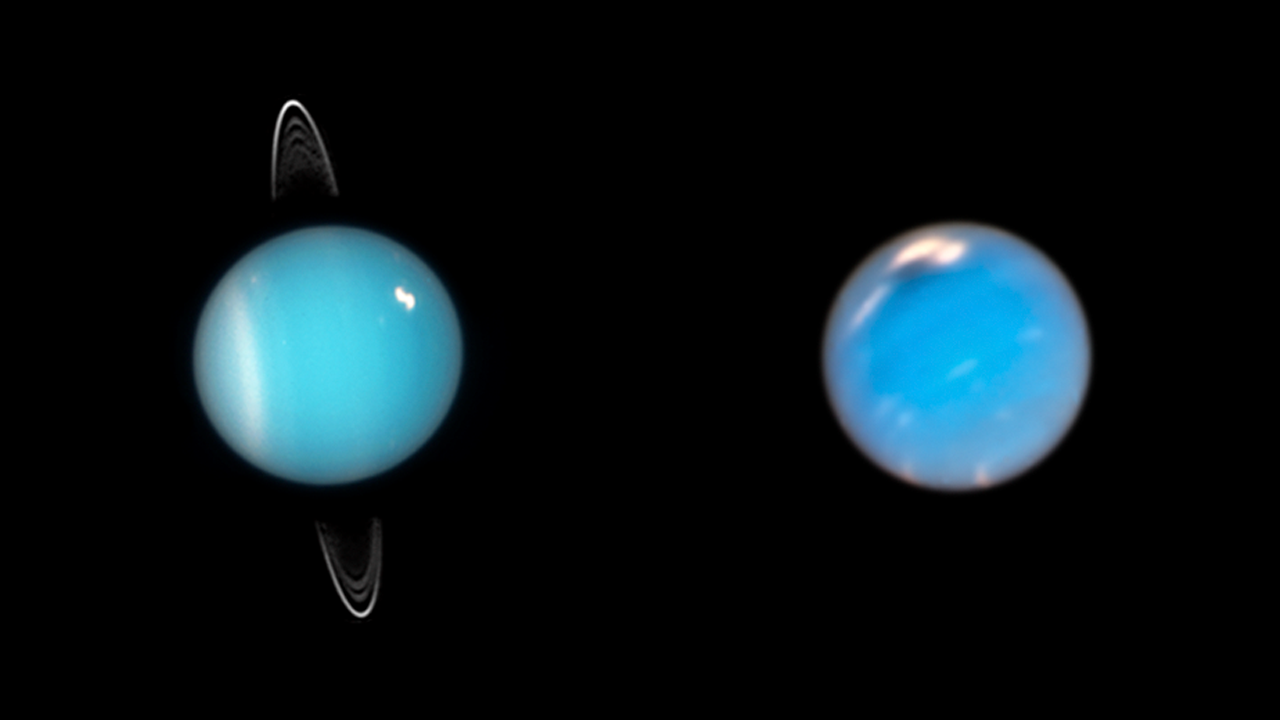Recent scientific research is shaking up what we thought we knew about Uranus and Neptune. Traditionally, astronomers labeled these two outer planets as ‘ice giants’ due to the belief that their interiors contained massive amounts of ice. However, new data suggests that Uranus and Neptune may be mostly composed of rock, making them more accurately described as ‘rocky giants.’

Reconsidering Planetary Classifications
Despite decades of telescope observations, scientists admit we still know very little about the internal structures of Uranus and Neptune. Their great distance from Earth and thick, mysterious atmospheres make direct study a challenge. Recent models and simulations now indicate that rock may dominate their cores and mantles, rather than ice.
Implications for Astronomy
This revelation forces astronomers to re-examine how we classify the planets in our solar system and beyond. If Uranus and Neptune are truly ‘rocky giants,’ this could change how we understand planet formation not only here, but also in exoplanetary systems across the galaxy. Keep following the latest research as we continue to uncover the secrets of these distant worlds.
Sources: Space.com
















